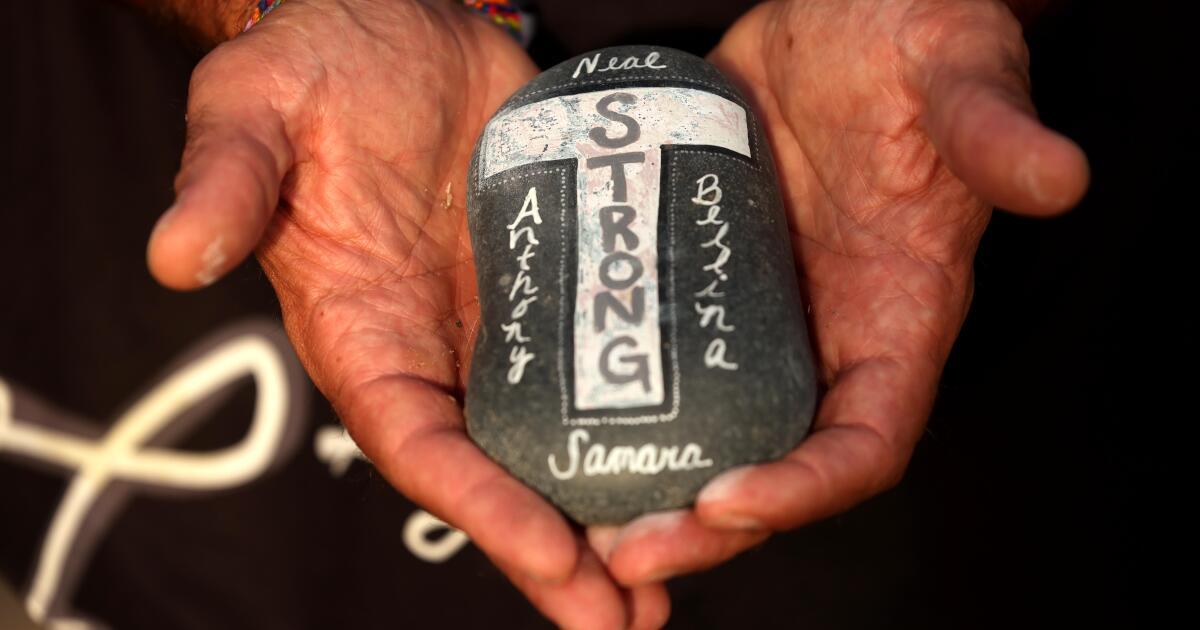Autistic youth are more likely to think about and die from suicide. What parents need to know

This is read by an automated voice.Please report any issues or inconsistencies here.
As diverse as the experiences of children and teens on the autism spectrum are, one sobering fact holds true: Autistic youth are more likely to think about and die from suicide, and at earlier ages, than their neurotypical peers.The Times spent months interviewing autistic self-advocates, families, physicians and researchers to understand the factors behind this crisis and the changes that could better support youth and their families.Science & Medicine Autistic kids are far more likely to think about and die from suicide than their neurotypical peers.
Autism researchers and advocates are working towards developing better screening tools, safety plans, therapies and prevention strategies that take neurodiversity into account.Solutions are still in their infancy, but autism researchers and advocates are working to develop screening tools, safety plans and therapies based on the unique strengths and differences of an autistic brain.A crucial first step is educating parents, pediatricians and other community professionals on the particular risks and challenges facing autistic youth, and why taking neurodiversity into account could help reduce the number of young lives lost too soon.Here are some key findings:Suicide is a leading cause of death in the U.S.for kids between the ages of 10 and 18.
For autistic teens and children, the risk is higher.One 2023 meta-analysis found that some 10% of autistic children and teens had attempted suicide, a rate more than twice that of their non-autistic peers.About 20% of U.S.
high schoolers disclosed suicidal thoughts in 2023, according to the Centers for Disease Control and Prevention.When the Kennedy Krieger Institute in Baltimore asked caregivers of 900 autistic children between 8 and 17 if the children had thought about ending their lives, 35% said yes.
Nearly 1 in 5 said their child had made a plan.Children across the autism spectrum...


